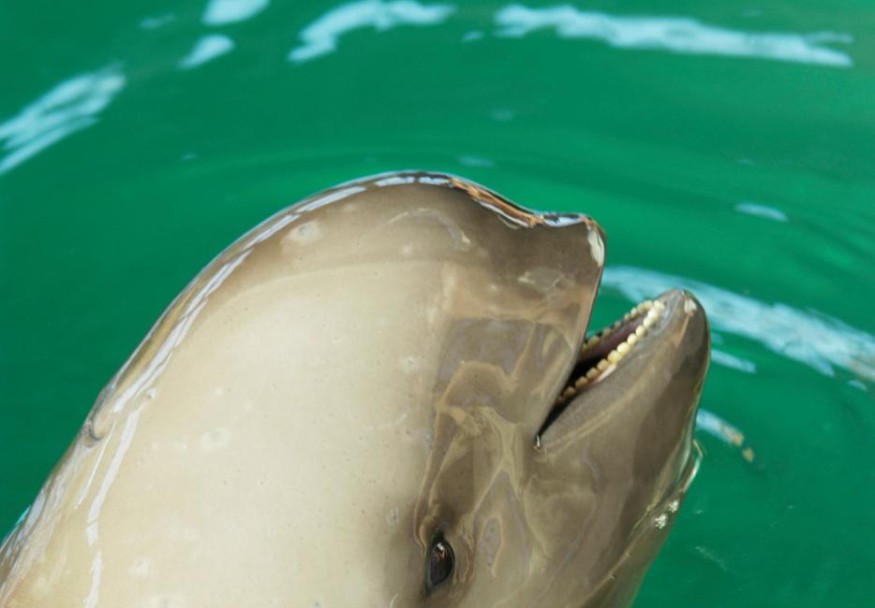
In Wuhan, China, a 10-year fishing restriction was implemented to all Yangtze natural water systems river. This moratorium covers all the major lakes and streams that are connected to the Yangtze River.
The ban was enacted in January 2020 and was fully implemented on the 1st of January, 2020, after the given grace period. This move was made as a part of a series of initiatives attempting to save many endangered and vulnerable species that chose the area as their natural habitat.
One of the most famous among these animals is the critically endangered Yangtze Finless Porpoise.
Yangtze River
The river used to be the home of two different dolphin species, the Yangtze finless porpoise (Neophocaena phocaenoides) and the Baiji dolphin (Lipotes vexillifer). But, as of 2006, the Baiji dolphins were declared functionally extinct. The first recorded dolphin species to have been wiped out the face of the Earth due to human activity. This raised concern regarding the conservation of its close cousin, the Yangtze finless porpoise.
In a related article: Chinese Yangtze: Recently Found Female Turtle Could be the Last Hope of Its Species
These finless porpoises are known for their smile and are proven to have intelligence comparable to those of a gorilla.
Critically Endangered
The Yangtze finless porpoise has been living in China's longest river for thousands, if not millions, of years. Due to human activities, the chances of them following the same path as their cousins are high.
The population of the Yangtze finless porpoise has significantly plummeted since unrestricted fishing dominated the river. Even when the local government regulated it, hundreds of illegal fishers and poachers still disrupt its natural habitat or, worst, kill them. As a result of these harmful human activities, according to the Chinese Ministry of Agricultural and Rural Affairs in 2017, the porpoises found in the wild are now down to the last thousand members of its kind.
This alarming number is significantly lower than the more famously protected Asian Giant Pandas (Ailuropoda melanoleuca) and are said to be going extinct within an estimated span of five to 10 years.
Extinction is ensured if the drop in number continues.
According to Wang Kexiong, one of the leading researchers at China Academy of Science's Institute of Hydrobiology, "Human activities are making life difficult for finless porpoises in the Yangtze River. Climate change, busy shipping traffic, over-fishing, port construction, and sand excavation in the river have all been blamed for the current state of the species."
Before the currently implemented ban, there have been efforts in the past decade to relocate the animals in temporary comfort zones near habitats closely resembling theirs.
As of the current, more than a hundred of these porpoises have been relocated. However, this is just a temporary solution. Because according to marine biologists and zoologists focused on the conservation of these animals, the best way to ensure the safety of the Yangtze porpoises is still the restoration of their natural habitats - the Yangtze River.
The fishing ban aims to improve the lives of the animals that inhabit the river. The goal is to repopulate and reproduce local fishes to balance the area's ecological conditions to stabilize the damaged food chain. This will slowly restore the perfect living conditions that the porpoises and other species in the area needs.
READ NEXT: Animals That Went Extinct In 2020 (and some that might disappear in 2021)
Check out for more news and information updates about endangered animals on Nature World News
© 2025 NatureWorldNews.com All rights reserved. Do not reproduce without permission.





